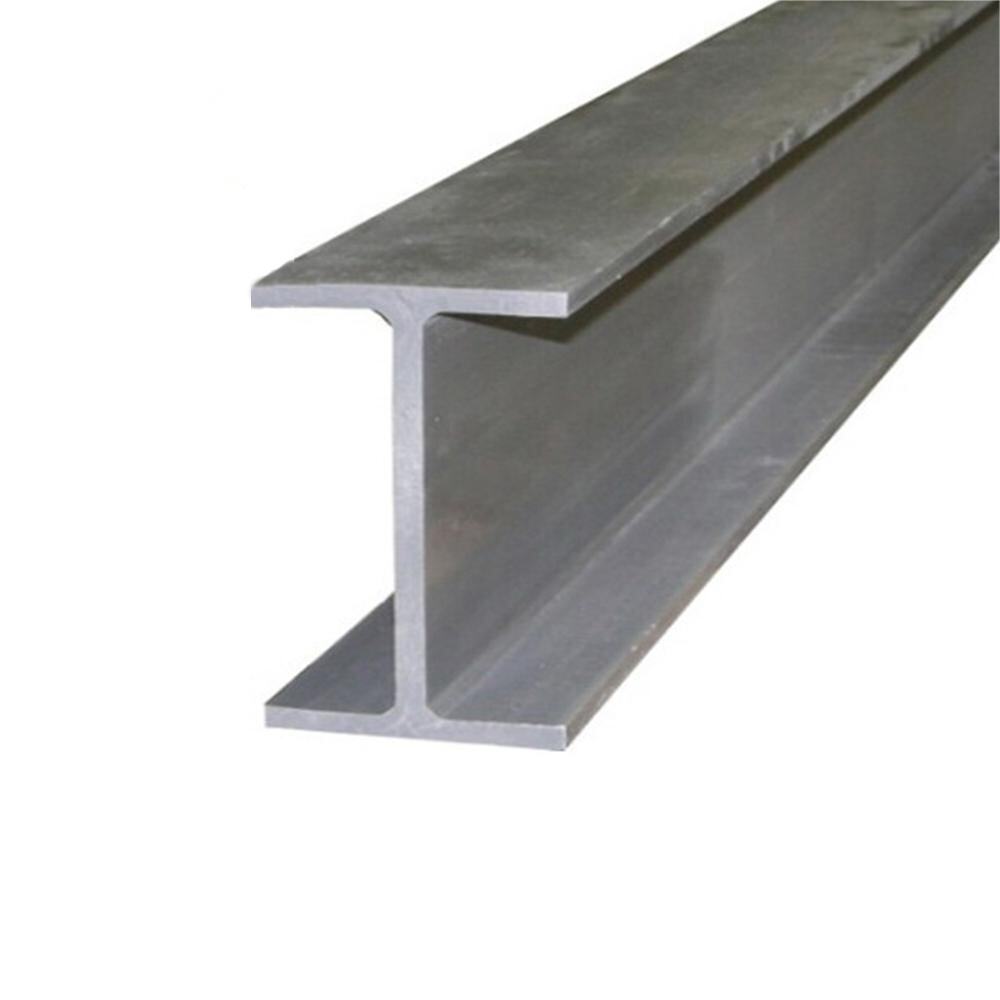Understanding H Beam Stability in Bridge Construction
The Structural Role of H Beams in Bridges
H-section H beems are widely used for the construction of high-level bridges, and are the most commonly-used type of construction beams. John While this steel has a higher tensile yield, it also becomes more brittle, which in turn makes it easier to crack or break. It is essential to ensure longevity of bridges to prevent degradation of bridge stiffness over time. Through balanced distribution, partially by ice, H profiles reduce the in elements exposed to tension stress levels of the material which may occur in other profiles by material in the elements in complex conditions. In addition, bridge structures can be used to cover long distances with less number of supporting columns, which makes the structure efficient as well as stable. Not only does that feature house crucial support but it also accommodates broader roadways under the bridge.
Why Stability is Critical in Bridge Design
The stability of bridge is very important in protecting its safety and lasting stability. It's about reducing vibration and preventing shudders that can cause a machine to destroy itself. Engineering analyses show that a small t stability problem can cause a growth of damage over time, demonstrating the importance of well-founded design methods. Spans Design The stability of H beam depends on, among other things, the environmental conditions and loads that it's expected to experience. By accounting for these factors, engineers are able to develop solutions that guarantee that they are as robust as possible, and less likely to fail unexpectedly over a product's lifetime, which could lead to costly product recalls / repairs (if the failure could result in injury or death).
Key Design Features Enhancing H Beam Stability
Flange and Web Geometry for Optimal Load Distribution
It is the geometry of flanges and the web that makes the distribution more efficient, as well as reduce the overall weight and cost. This enables loads to be transferred effectively and distributed uniformly over the construction. Design codes emphasise the role of the flange width to web depth ratio as unsuitable values can diminish beam stability. It has been demonstrated that by perturbing the geometry of these elements, it is possible to increase the load-carrying capacity of H beams by 20% and thus again it is recognized that the choice of the design plays an important role in promoting structural resilience.
Material Strength and Resistance to Deformation
The selection of high-strength steel material has a great influence on the performance and service life of H beam. In general, people in the construction industry love high-strength steel because it's strong. Sophisticated test procedures ensure the resistance to deformation, shape constancy over time and a capacity to withstand the toughest of paces in all sort of environments. Test results from this construction sector show that the designed H beam surpasses the standard limit so it can withstand greater force and not cause any serious deformation. This highlights the importance of material quality and quality control for enabling H beams to be relied on for practical use.
H Beam vs. Alternative Materials: Steel Pipes and Aluminum Alloys
Comparing Load-Bearing Capacity with Steel Pipes
Due to special materials and technology, H beams are better steel material than steel pipe. The wide flange I beam (W flange I beam) is also a high load-bearing tool, as it can bear a lot of load when the bearing direction is changed just as well, so they can be used in many different scenarios. To illustrate, load tests have shown that bridges made using H beams are more resistant to sagging and require less frequent maintenance than bridges constructed out of steel pipes. This shows the excellent strength level H beams have in construction development.
Limitations of Aluminum Alloys in Structural Support
Although aluminum alloy construction is light in weight, they do not possess the capacity to handle as much weight as an H-beam made from produce h-steel plate, and therefore are not used for supporting structure. Some of the notable drawbacks are poor fatigue resistance and susceptibility to corrosion, which limit their potential in large projects such as bridges and tall buildings. The research confirms that the aluminum alloys may, under heavy weight load conditions, achieve deformations that could be not acceptable, compromising the overall integrity of the arrangements. For such projects that need strong pillars, the H section is a better choice than aluminum section.
Innovations in H Beam Technology for Sustainable Stability
Advanced Coatings Using Aluminum Alloys for Corrosion Resistance
New surface coatings for H beams can greatly increase durability and lifespan compared to traditional options by providing corrosion resistance. It has been reported that H beams coated with aluminum alloy possessed a lifespan about 50% longer than that without any coating in severe environments. This outstanding improvement is a result of the specific nature of aluminium, which creates a naturally occurring layer that repels moisture and other corrosive agents. We eliminate long-standing durability concerns by incorporating these new coatings into the production process. This not only helps in saving the cost of construction but also maintains the strength and safety of such high-bay building using H-beams.
Smart Monitoring Systems Integrated with Copper Wiring
Futuristic smart monitor system are transforming H beam design with the inclusion of copper wiring for immediate structural health tracking. These systems have the ability to sense stress and strain, so they can alert engineers to potential problems before they become catastrophic structural failures. Recent works have shown that, using smart monitoring techniques, savings on maintenance up to 30% can be expected thereby making the bridge structure safer. This preemptive strategy not only provides early response but also achieves better resource utilization, thus leading to a more efficient and safer infrastructure management.

